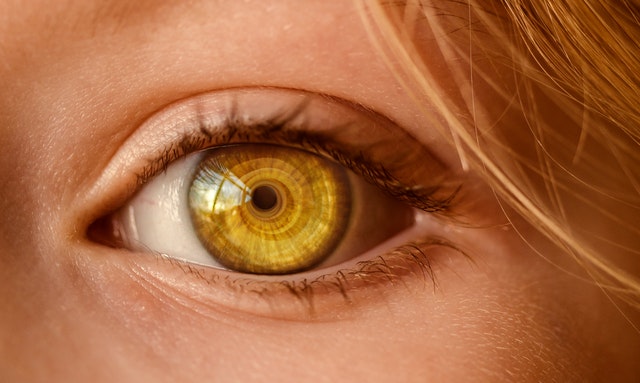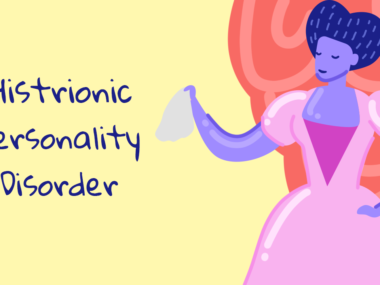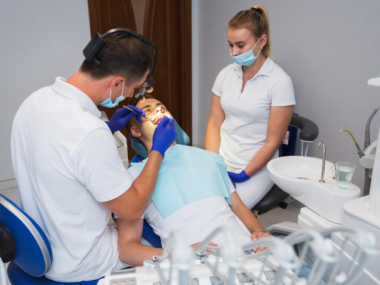What is a child’s normal vision?
The American Academy of Pediatrics has established guidelines for visual acuity at various ages, such as 20/40 for children aged 3-4 years. For older children, 20/30. For school-age youngsters around 5 years old is 20/20.
- What is Normal Eyesight for a 5-year-old?
Typically, 5-year-olds have 20/25 vision or better. However, keep in mind that visual acuity testing is a subjective thing — your child will be asked to read smaller and smaller characters on a wall chart during the test. More often than not, kids give up at a certain line on the chart when they can actually read smaller letters. Other times, they may assert they can’t actually read relatively small letters because they want spectacles. (Yes, this does happen!) Also, if your child’s vision was tested during a school screening (where there may have been a lot of distractions), it’s a good idea to schedule a full eye exam to check out nearsightedness, astigmatism, or other eye health concern that may be preventing him from achieving better visual acuity.
- What is a 7-year-old’s normal vision?
Using their best eyeglass correction, all children over the age of eight should be able to achieve 20/20 visual acuity. If there is a difference of two or more lines on a Snellen chart evaluation between the right and left eyes, younger children should be referred to an ophthalmologist.
- What are the average eyesight screening results?
Recognizing your test results Having 20/20 vision indicates that your visual acuity is normal at 20 feet distant from an item. If you have 20/40 vision, for example, you must be 20 feet away to see an object that most people can see from 40 feet away.
- How can I tell whether my child requires glasses?
Signs That Your Child May Need Glasses Are:
-Squinting.
-Tilting the head or closing one eye.
-Sitting too close to the television or holding handheld devices too close to the eyes.
-Excessive rubbing of the eyes
-Experiencing headaches or eye pain.
-Trouble concentrating on schoolwork.
- What is normal eye vision?
Normal vision acuity (clarity or sharpness of vision) at a distance of 20 feet is defined as 20/20 vision. If you have 20/20 vision, you can see clearly what should ordinarily be seen from a distance at 20 feet.
- When do children reach the age of 20/20 vision?
Between the ages of four and six months, your infant begins to reach out and touch an object, which was previously only done by coincidence. You’ve probably heard of 20/20 vision, which is commonly regarded as “normal” visual acuity. Your child’s visual acuity should be approximately 20/100 by six months of age.
- Does my 5 year old really need glasses?
Because a child’s visual system is growing and developing, glasses may play a crucial role in ensuring adequate vision development, especially during the first 5-6 years of life. The main reasons a child may need glasses are: To improve a child’s eyesight so that he or she can operate better in his or her environment.
- When should you begin testing your child’s vision?
A child’s vision and eye alignment should be evaluated between the ages of 3 and 5 years. A paediatrician, family doctor, ophthalmologist, optometrist, or orthoptist can do this procedure. Visual acuity (vision sharpness, such as 20/20) should be checked as soon as the child is old enough to read an eye chart.
- What is the purpose of a pediatric vision screening?
-Nearsightedness (myopia), a disorder that causes distant objects to appear blurry
-Farsightedness (hyperopia), is a disorder that causes close-up objects to appear blurry
-Astigmatism is a condition that causes both close-up and far-away objects to appear blurry.
- How often should you have your vision checked?
From the ages of 40 to 54: Approximately every two to four years. The American Academy of Ophthalmology suggests obtaining a standard eye exam around the age of 40, when early indicators of abnormalities may appear. According to the organisation, “a baseline screening can assist uncover indicators of eye illness at an early stage when many treatments can have the most impact on protecting vision.”
- Do children require eye exams?
For the most part, the rules are as follows: Children aged three and under: Although an eye exam is not required for a kid of this age, still the physician can keep a close eye for abnormalities such as strabismus (when the eyes are not aligned) and amblyopia (lazy eye) at regular well-child checkups.





